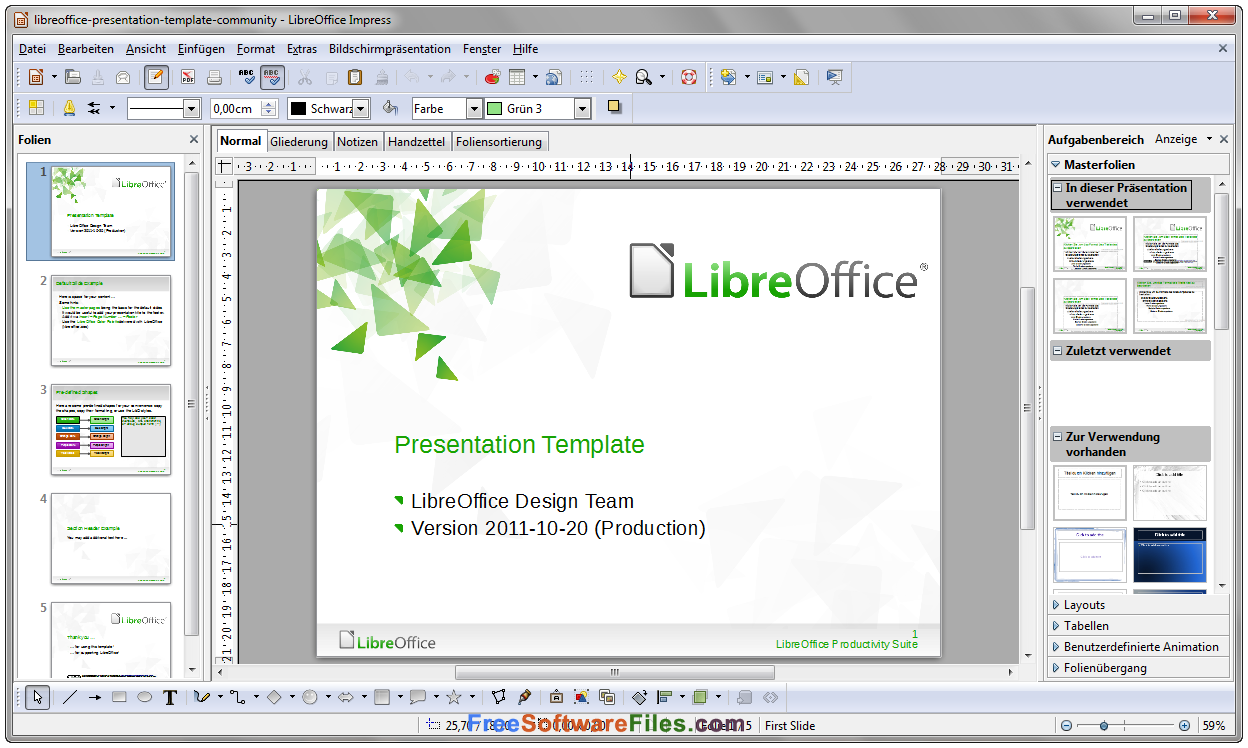

The author of the document goes through the changes and either accepts the changes or rejects the changes. The editor sends the revised document back to the writer. Added text will appear in a different color with an underline. The editor turns on “Record Changes” and begins editing the document.Īs the editor makes the changes, the removed or edited text appears as removed text in a differt font color with a strike-through mark. The original author creates a document and passes it to his/her editor. But with the LibreOffice Changes feature you can not only see these changes, you can accept them or reject them as well. is a very important means for seeing how a document changes. Tracking the changes a document undergoes, from writer to writer, writer to editor, student to teacher, etc. But how are they used? Let’s dive in and experience the LibreOffice collaboration tools. If you want simple revision control, if you want to see how your document is evolving or progressing, or if you have a need to keep notes within your document, you too can take advantage of these tools. These tools are Changes and Comments and they make the process of collaboration within a LibreOffice Writer document so much easier.īut don’t think these tools are only good for collaboration.

LibreOffice offers such tools for the writer, editor, student, or teacher. Because of this, there is a need for collaboration tools within my word processor. Being a writer, I often have to collaborate with other writers or editors on an assignment or book.


 0 kommentar(er)
0 kommentar(er)
